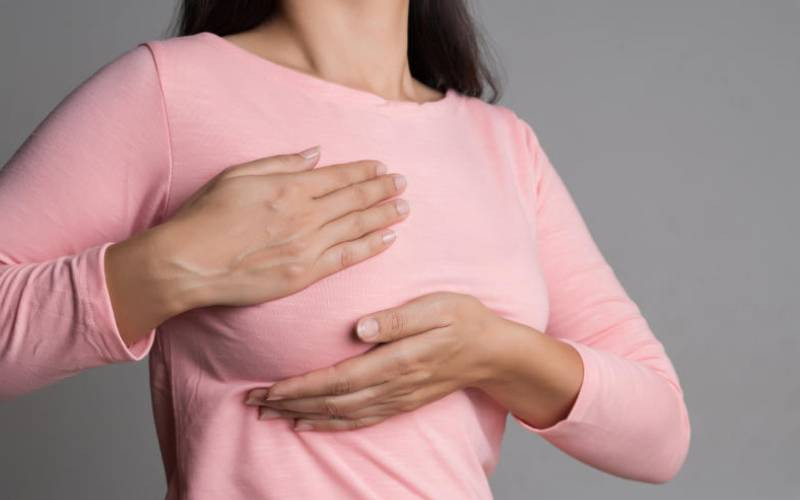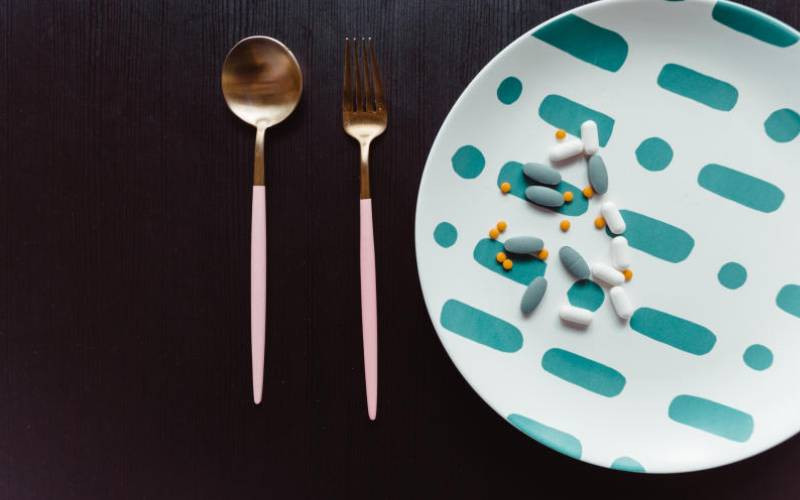
Modern sanitary products have revolutionised feminine hygiene. It is estimated that the average woman will use close to 20,000 tampons in a lifetime, with additional countless sanitary pads. However, there has always been some health concerns about the use of sanitary products. This results from the high permeability nature of the vulva and vaginal skin, with inevitable absorption of some of the constituents that make up the sanitary products. Over time, the accumulation of absorbed chemicals may cause some health problems.
Pads and tampons are made of highly absorbent material, with some manufacturers claiming their brands can hold up to ten times their own weight. You will find foam, cotton, synthetic fibres and chemical additives as some of the constituents in sanitary products. A myriad of other constituents includes odour neutralisers and fragrances. The full complement of what makes up sanitary products may not always be disclosed, with some makers citing patent reasons.
The combination of a product with multiple constituents, and its proximity to a highly absorbent bodily environment creates room for untoward health effects. For starters, synthetics restrict the free flow of air and can trap heat and dampness. This can promote the growth of fungal and bacterial infections. Some women will experience minor irritations on their genital skin. Others may get allergic reactions with itching, redness and swelling. Such reactions are usually restricted to the genital area, and more associated with fragranced products. It is very rare for a generalised allergic reaction to occur. The manufacturing processes may also pose some health threats, though as yet unsubstantiated, but could theoretically interfere with cell division, immunity and hormonal systems. Some additives have unknown effects.
The most serious recognised risk of tampons (but thankfully rare), is Toxic Shock Syndrome. This is caused by poisonous toxins following an overgrowth of bacteria in the vagina associated with tampon use. It mostly occurs when tampons have been left too long, or even forgotten. Affected women present with high fevers, vomiting, diarrhoea and even seizures. Prompt treatment is required to avoid risk of widespread infection in other organs, which may be fatal.
Complete avoidance of sanitary products is impractical. But you can take steps to avoid potential untoward effects. Select a brand with labelled constituents, or go organic. If you notice some irritation with a particular type, change to a different brand, or to one that is not fragranced. Super-absorbent tampons may have more unwanted effects, choose the lowest absorbency rate to handle your flow. Change tampons frequently, preferably every four to six hours. Avoid leaving one overnight, use a pad instead.
There's hardly any reason to insert a tampon in the absence of periods. And take extreme care to avoid bruising the vaginal lining whilst inserting one. Feminine cups are an alternative, some women find them preferable. If you notice persistent symptoms associated with use of sanitary products, consult with your gynaecologist sooner than later.
When was the last time you wrote someone a letter on paper? The Standard Group Plc is a multi-media organization with investments in media platforms spanning newspaper print
operations, television, radio broadcasting, digital and online services. The Standard Group is recognized as a
leading multi-media house in Kenya with a key influence in matters of national and international interest.
The Standard Group Plc is a multi-media organization with investments in media platforms spanning newspaper print
operations, television, radio broadcasting, digital and online services. The Standard Group is recognized as a
leading multi-media house in Kenya with a key influence in matters of national and international interest.










